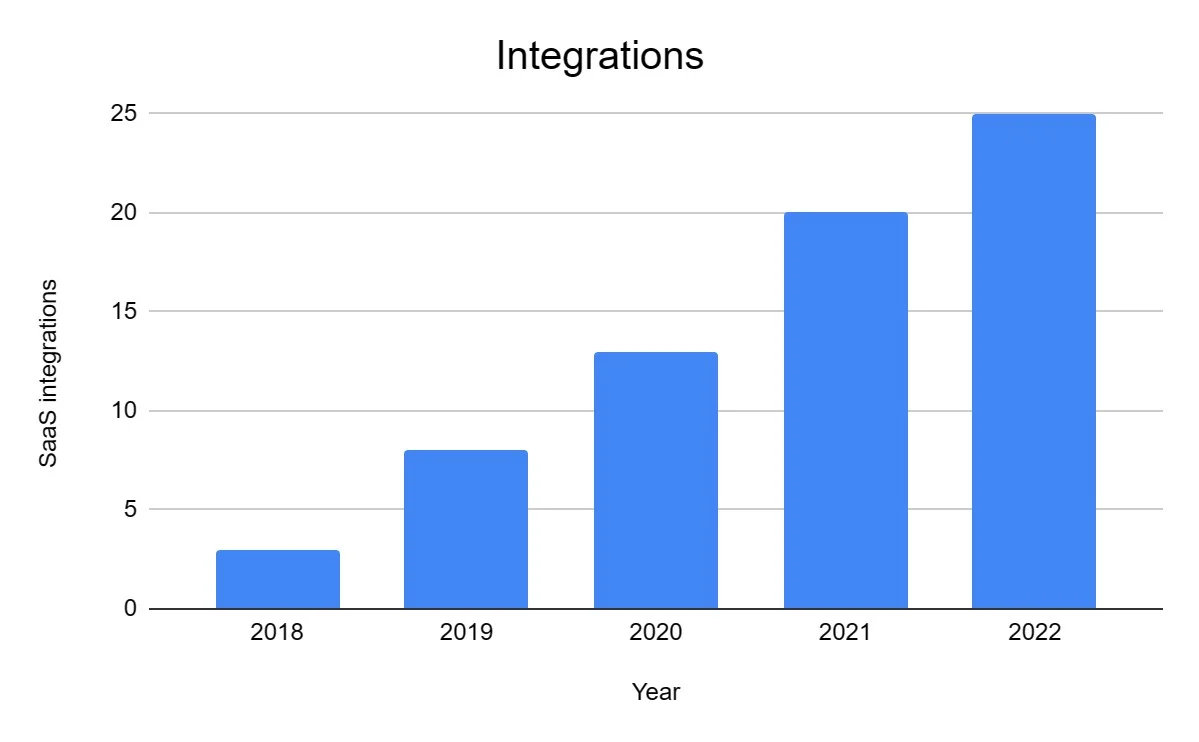All too often, however, business leaders get the planning process out of order, focusing too much on use cases or abdicating leadership of the AI strategy to IT or data sciences. This can be a slippery slope, diminishing the organization’s ability to use AI to create new ways of competing for customers, launching products, accelerating time-to-market, securing supply chains, and beyond. A small handful of responsibilities are always best handled by a hub and led by the chief analytics or chief data officer.
If your organization doesn’t have AI-based solutions as of now, do not rush into it. The best option is to plan AI implementation in your business operations first. Before that, you should have a reasonable understanding of where to implement it and how you can go ahead with it in your business. If you do so, the method will give you a better understanding of the right technology and then help you with automating and streamlining the process.
Coexisting with machines
In doing so, you’ll make sure your first (or next) project has the potential to deliver a clear and quick win for your organization. This first project can then become a success story that helps to justify more investment in AI and ML initiatives. In this guide, we’ll dive into why many AI strategies fail, explore the benefits of building a proper AI strategy, and finally, offer a step-by-step ai implementation guide to help your business build a successful AI strategy. At one North American retailer, an AI project owner saw store managers struggling to incorporate a pilot’s output into their tracking of store performance results. The AI’s user interface was difficult to navigate, and the AI insights generated weren’t integrated into the dashboards the managers relied on every day to make decisions.

Most firms have run only ad hoc pilots or are applying AI in just a single business process. It’s now guiding decisions on everything from crop harvests to bank loans, and uses like totally automated customer service are on the horizon. Indeed, McKinsey estimates that AI will add $13 trillion to the global economy in the next decade. Most have run only ad hoc projects or applied AI in just a single business process. Lee Beardmore has spent over two decades advising clients on the best strategies for technology adoption.
What AI-based tools and digital marketing techniques should businesses from small to large be considering?
The company cut the time involved by up to 50% and freed up human employees for more high-value, creative work. The solution will depend on the output formats your organization needs. While enterprise companies understand the need, they often don’t know how to get started and what tools will best serve them. AI use case mapping allows companies to quickly identify how AI can benefit an organization and provide measurable value, and then rapidly iterate on the findings.
- But AI is set to transform it further with its unique capability to generate value from the databases of billions of patients.
- Our recent Twitter chat exploring AI implementation connected more than 150 people wrestling with tough questions surrounding the technology.
- AI is transforming almost all sectors, and various fast-growing tech companies and enterprises are implementing it to power their products and services with intelligent computational power of AI.
- The opportunity here is the fast rate of development of these tools, and the practical application of data to improve marketing performance.
- But we’ve also seen that leaders who at the outset take steps to break down those barriers can effectively capture AI’s opportunities.
- For example, whatever way you use AI, consent and data privacy will be key considerations.
Getting your employees ready to work with smart systems is another success driver. Unless businesses prepare staff to use an AI solution, it will not scale. Also, some companies don’t realize the need to update traditional policies and enhance business support. Only 7% of companies don’t use innovative artificial intelligence solutions but are looking into it. Hence, we’re witnessing the limelight for AI implementation in business. With that in mind, we’ll lay out the nuts and bolts of a successful AI implementation strategy.
Predictive Analytics
At most firms that aren’t born digital, mindsets run counter to those needed for AI. By deploying a one-size-fits-all approach, manufacturers miss the opportunity
to build in the customization and adaptation needed to leverage the unique circumstances, culture, and values of separate factory sites. In light of this, it should be no surprise that AI projects can easily fail.
AI requires experimentation, and often early iterations don’t work out as planned. When that happens, leaders should highlight what was learned from the pilots. A few tasks are always owned by the hub, and the spokes always own execution. The rest of the work falls into a gray area, and a firm’s individual characteristics determine where it should be done. Companies with good scaling practices spent half their analytics budgets on adoption.
How to Build a Successful AI Strategy, Step by Step
Businesses that implement a strong AI-first approach can quickly react to shifting market conditions. AI-centric approach also allows for solving existing business problems faster and more wisely. Thus, only consistent and timely implementation of AI can support business growth in the long-term perspective. Most often, we come across narrow-task models of algorithms that can accurately perform one task. In its journey toward becoming a “Digital Retail Company,” Carrefour is also exploring other customer-facing generative AI use cases as well as internal applications.

The leadership needs to steer the ship and maintain the course, when there are likely to be crosswinds and counter currents. The previous steps have gathered all relevant information for your AI initiatives; now it’s time to build a roadmap. You will want to build a roadmap that prioritizes quick wins to demonstrate business value and justify investments, both current and future.
Bring overall AI capabilities to maturity
However, implementing AI is not an easy task, and organizations must have a well-defined strategy to ensure success. We’ll be taking a look at how companies can create an AI implementation strategy, what are the key considerations, why adopting AI is essential, and much more in this article. One consolidated its AI and analytics teams in a central hub, with all analytics staff reporting to the chief data and analytics officer and being deployed to business units as needed.
Some obstacles, such as workers’ fear of becoming obsolete, are common across organizations. But a company’s culture may also have distinctive characteristics that contribute to resistance. And managers in large organizations who believe their status is based on the number of people they oversee might object to the decentralized decision making or reduction in reports that AI could allow. Yet, despite the promise of AI, many organizations’ efforts with it are falling short. We’ve surveyed thousands of executives about how their companies use and organize for AI and advanced analytics, and our data shows that only 8% of firms engage in core practices that support widespread adoption.
Key Considerations for Building an AI Implementation Strategy
When AI is adopted broadly, employees up and down the hierarchy will augment their own judgment and intuition with algorithms’ recommendations to arrive at better answers than either humans or machines could reach on their own. But for this approach to work, people at all levels have to trust the algorithms’ suggestions and feel empowered to make decisions—and that means abandoning the traditional top-down approach. If employees have to consult a higher-up before taking action, that will inhibit the use of AI. At the highest level, it’s a reflection of a failure to rewire the organization. In our surveys and our work with hundreds of clients, we’ve seen that AI initiatives face formidable cultural and organizational barriers. But we’ve also seen that leaders who at the outset take steps to break down those barriers can effectively capture AI’s opportunities.